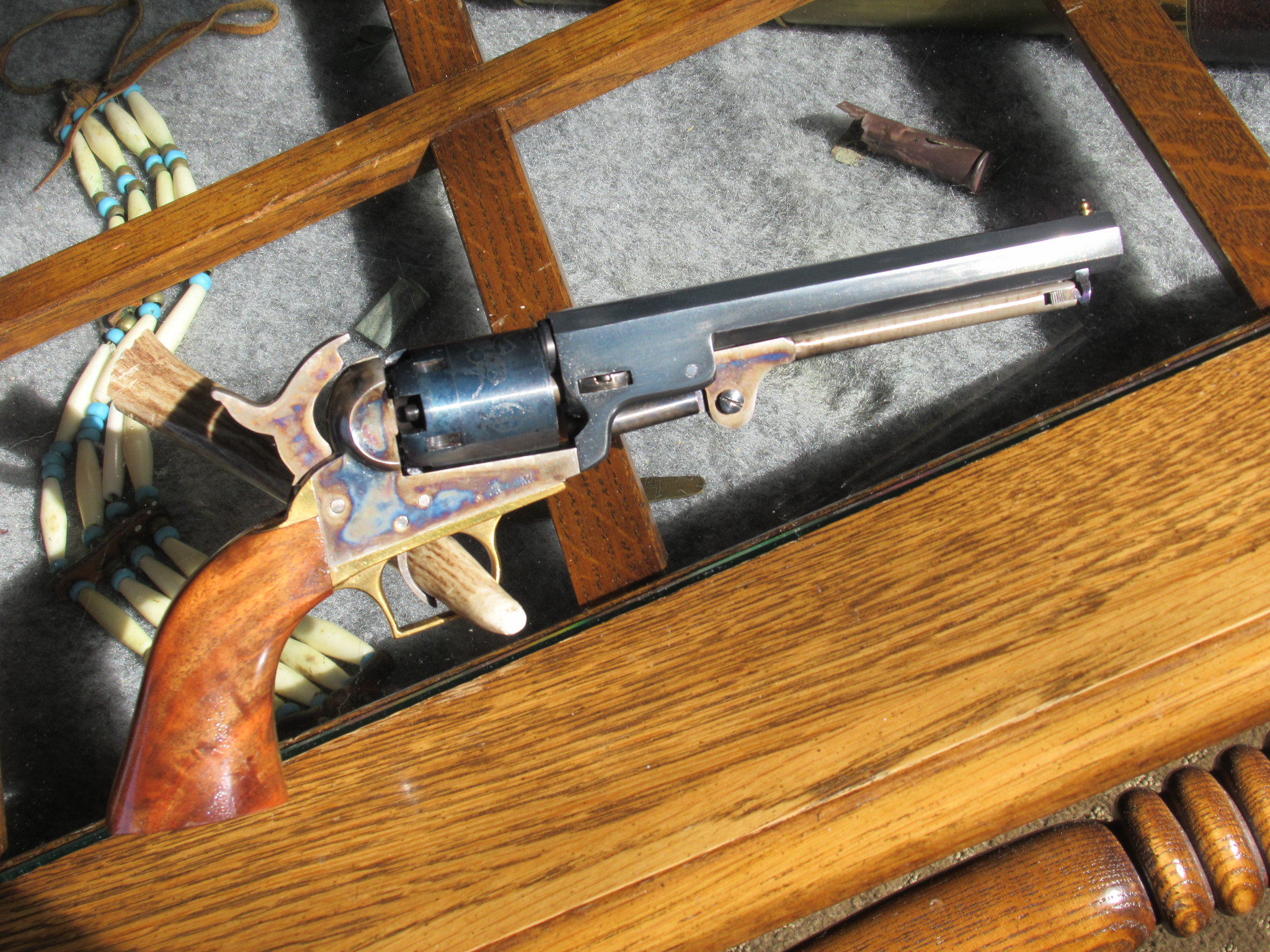I've had them come out with lousy color and had to anneal and re-do them anyway, sometimes for the home-gamer it just doesn't work out the first time. I do think air-quenching and annealing after the deep carburizing and then starting over again to get the color is a better trick than just lowering the temperature for color but I don't have enough experience to say for sure, only did each method once, the first time I got decent color and the second time, second treatment after annealing got great color and depth. I was intrigued enough to consider using strictly cheap wood charcoal for the carburizing, then annealing the parts and going back in with my color bone/wood charcoal mix and aerated water quench.
Something I found out doing some restorations is that if the original case is deep enough, sometimes you can really bring the original case colors back with cold bluing.






